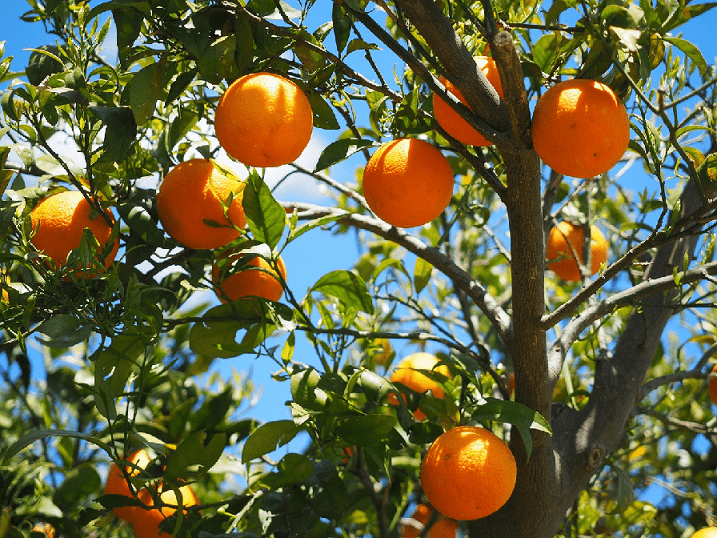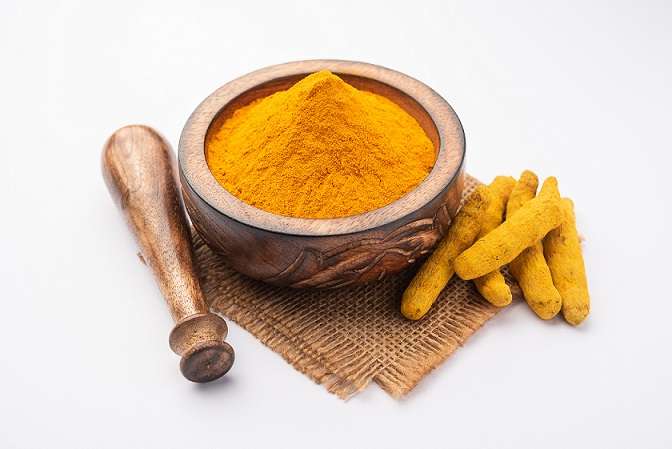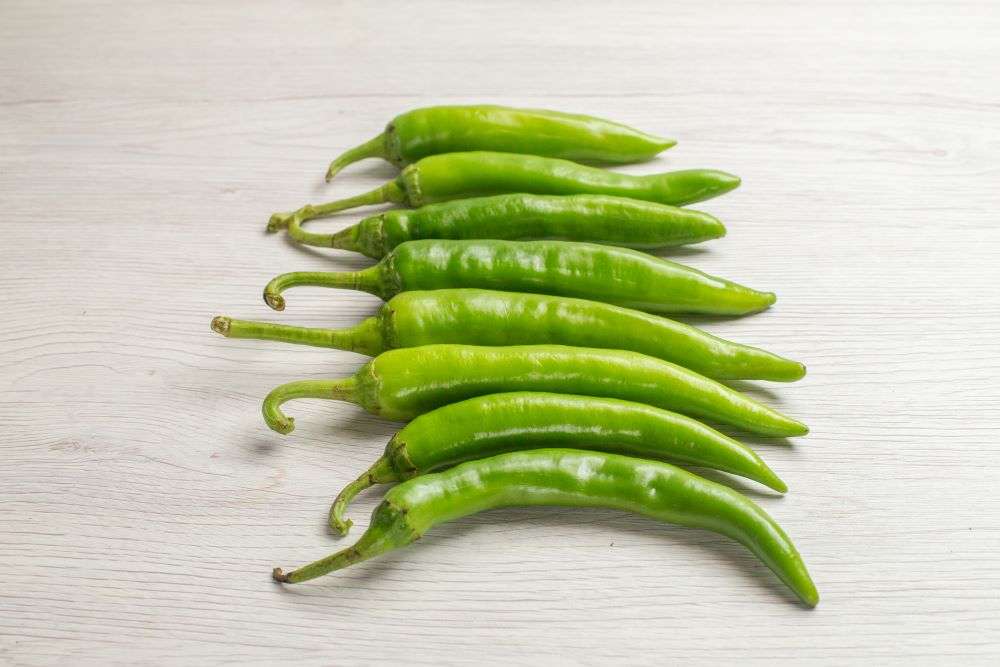India, known for its diverse agricultural produce, has been steadily expanding its footprint in the global citrus market. Among its many exports, oranges have emerged as a key commodity, with increasing demand from international markets. While traditional discussions on orange exports focus on production statistics and trade routes, this blog explores lesser-known aspects of India’s orange export industry, highlighting unique trends, challenges, and opportunities.
The Influence of Regional Varieties on Export Demand

India produces a variety of oranges, each with distinct characteristics. The Nagpur Mandarin, grown in Maharashtra, is known for its deep orange color and rich sweetness, making it a favorite in Middle Eastern markets. The Darjeeling Mandarin, cultivated in West Bengal, has a unique tangy flavor that appeals to European consumers. Meanwhile, the Coorg Orange from Karnataka is gaining popularity in Southeast Asia due to its balanced acidity and juiciness. Understanding these regional preferences allows exporters to target specific markets more effectively.
The Role of Post-Harvest Technology in Export Success
One of the biggest challenges in orange exports is maintaining freshness during transit. Indian exporters are increasingly adopting post-harvest technologies such as hydrocooling, wax coating, and modified atmosphere packaging to extend shelf life. These innovations help prevent spoilage and ensure that oranges reach international markets in optimal condition, reducing losses and enhancing India’s reputation as a reliable supplier.
The Impact of Climate Change on Orange Production
Climate change is affecting orange cultivation in India, with unpredictable weather patterns leading to fluctuations in yield. Rising temperatures and irregular monsoons have forced farmers to adopt climate-resilient farming techniques, such as drip irrigation, shade net cultivation, and soil moisture conservation. These practices not only improve yield stability but also enhance the quality of oranges, making them more competitive in global markets.
The Growing Demand for Organic and Sustainable Oranges
With increasing awareness of health and environmental concerns, global consumers are seeking organic and sustainably grown oranges. Indian farmers are responding by shifting to organic farming methods, avoiding synthetic pesticides and fertilizers. Certifications such as India Organic and GlobalG.A.P. are helping exporters tap into premium markets in Europe and North America, where organic produce commands higher prices.
The Emergence of Processed Orange Products in Export Markets
Beyond fresh oranges, India is making strides in exporting processed orange products such as juice concentrates, essential oils, and dried orange peels. These value-added products cater to industries ranging from food and beverages to cosmetics and pharmaceuticals. The diversification of orange exports into processed goods has expanded revenue streams for Indian exporters.

The Influence of Consumer Preferences on Export Strategies
Consumer preferences vary across regions, influencing how Indian exporters position their products. For instance, European consumers prefer seedless oranges, while Middle Eastern markets favor sweeter varieties. Understanding these preferences allows exporters to tailor their offerings, ensuring higher acceptance and demand in target markets.
The Role of Logistics and Supply Chain Efficiency
Efficient logistics play a crucial role in ensuring timely delivery of oranges to international markets. Indian exporters are investing in cold chain infrastructure, refrigerated containers, and real-time tracking systems to minimize transit delays and maintain fruit quality. These advancements have significantly improved India’s ability to compete with established citrus-exporting nations.
Additional Insights into India’s Orange Export Industry
India’s orange export industry is a dynamic sector with numerous untapped opportunities and challenges. Here are some additional points that further highlight the industry’s growth and potential:

The Role of Farmer Cooperatives in Strengthening Exports
Farmer cooperatives play a crucial role in streamlining the orange export process. Organizations like Mahaorange help farmers access better infrastructure, training, and direct market linkages. By pooling resources, small-scale farmers can collectively negotiate better prices and ensure consistent quality in exports.
– MSAMB
Government Incentives and Export Benefits
The Indian government provides various incentives to boost orange exports, including duty drawbacks and subsidies for cold storage and transportation. These benefits help exporters reduce costs and improve profitability, making Indian oranges more competitive in international markets.
Indo Foods Export is entering the global market with fresh, high-quality oranges, ensuring premium taste and freshness for international consumers. By focusing on reliable sourcing, efficient logistics, and quality assurance, the company is committed to delivering top-tier citrus produce worldwide. With sustainable farming practices and innovative packaging, Indo Foods Export is ready to make a strong impact in the orange export industry.
India’s orange export industry is thriving, driven by diverse regional varieties, innovative post-harvest technology, and expanding market demand. Climate-resilient farming, organic production, and digital trade platforms are shaping the future of exports, while processed orange products add new revenue streams. Government incentives, efficient logistics, and consumer-driven strategies ensure India’s oranges remain globally competitive.





